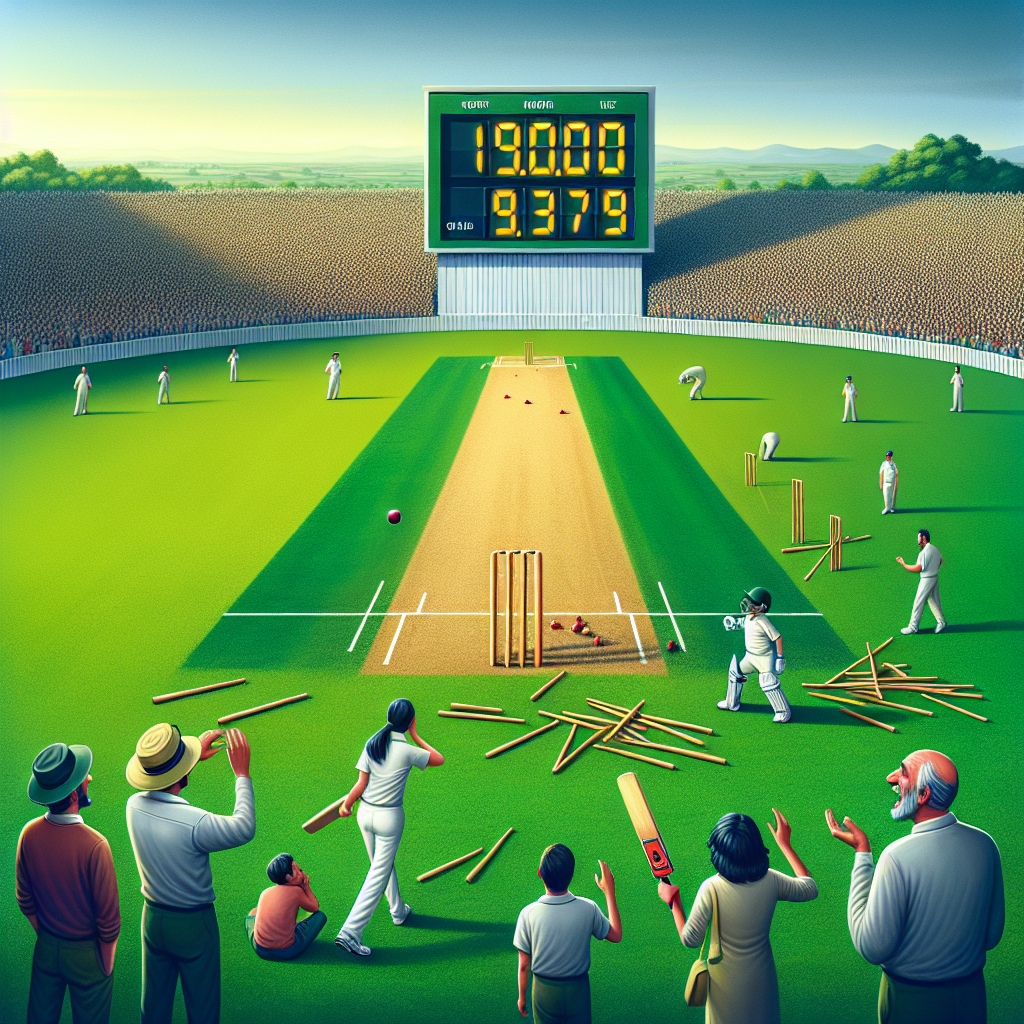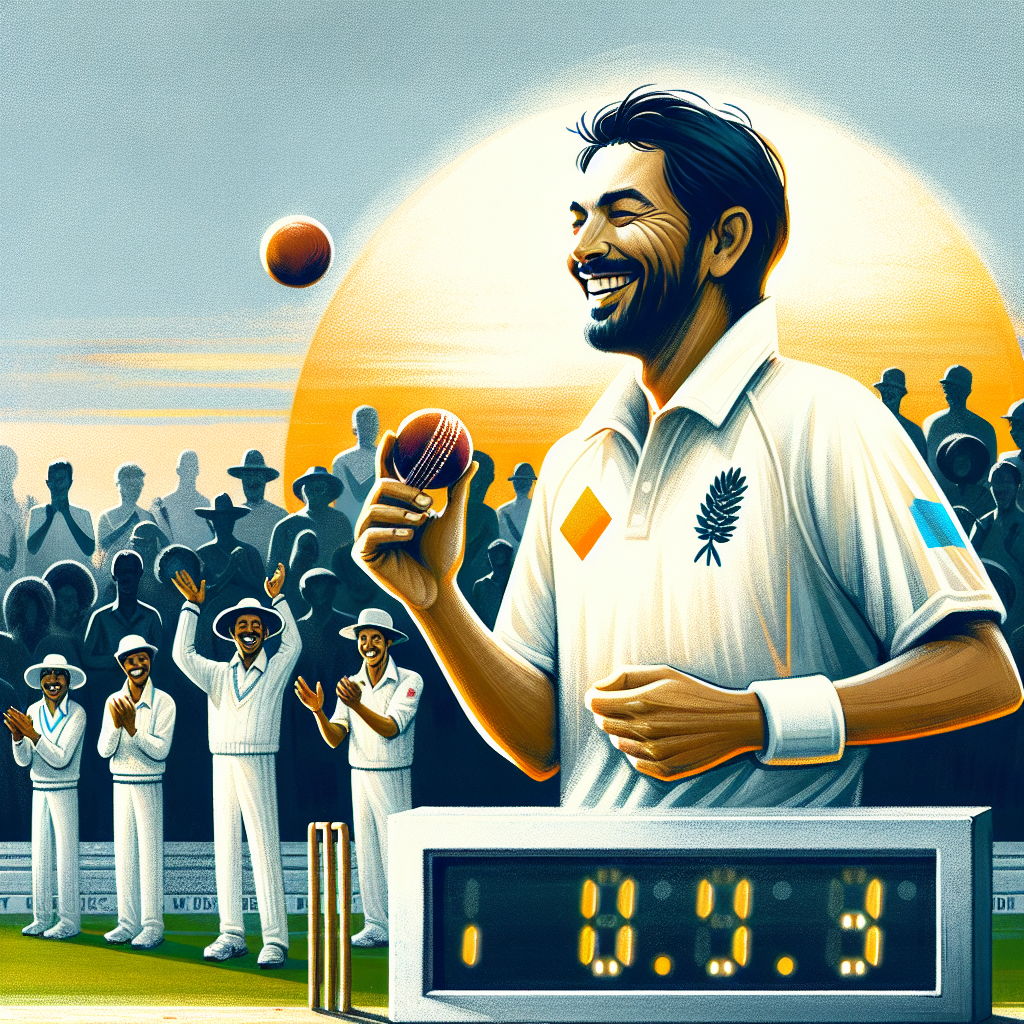Most Number of Wickets in Test Cricket

Test cricket, the longest format of the game, is often considered the ultimate test of a cricketer’s skill, endurance, and mental strength. Among the many facets of the game, taking wickets is a crucial aspect that can turn the tide in favor of a team. Over the years, several bowlers have etched their names in the annals of cricket history by claiming a significant number of wickets in Test matches. This article delves into the illustrious careers of these bowlers, exploring their achievements, techniques, and the impact they have had on the game.
The Legends of Test Bowling
In the history of Test cricket, a few bowlers have stood out for their exceptional ability to take wickets consistently. These players have not only dominated the game during their careers but have also set benchmarks for future generations. Let’s take a closer look at some of these legendary bowlers.
1. Muttiah Muralitharan
Muttiah Muralitharan, the Sri Lankan spin wizard, holds the record for the most wickets in Test cricket. With a staggering 800 wickets in 133 matches, Muralitharan’s career is a testament to his skill and perseverance.
- Debut: August 28, 1992, against Australia
- Retirement: July 22, 2010, against India
- Bowling Style: Right-arm off-break
- Key Achievements: Most wickets in Test cricket, 67 five-wicket hauls, 22 ten-wicket hauls
Muralitharan’s unique bowling action and ability to turn the ball sharply made him a formidable opponent. His record-breaking career was marked by numerous match-winning performances, particularly in subcontinental conditions where his spin was most effective.
2. Shane Warne
Shane Warne, the Australian leg-spin maestro, is widely regarded as one of the greatest bowlers in the history of cricket. With 708 wickets in 145 matches, Warne’s impact on the game is immeasurable.
- Debut: January 2, 1992, against India
- Retirement: January 5, 2007, against England
- Bowling Style: Right-arm leg-spin
- Key Achievements: Second-most wickets in Test cricket, 37 five-wicket hauls, 10 ten-wicket hauls
Warne’s ability to spin the ball prodigiously and his tactical acumen made him a match-winner in all conditions. His famous “Ball of the Century” to Mike Gatting in 1993 is still celebrated as one of the most iconic deliveries in cricket history.
3. Anil Kumble
Anil Kumble, India’s legendary leg-spinner, is third on the list of most wickets in Test cricket. With 619 wickets in 132 matches, Kumble’s career was marked by his relentless accuracy and determination.
- Debut: August 9, 1990, against England
- Retirement: November 2, 2008, against Australia
- Bowling Style: Right-arm leg-spin
- Key Achievements: Third-most wickets in Test cricket, 35 five-wicket hauls, 8 ten-wicket hauls
Kumble’s most memorable performance came in 1999 when he took all ten wickets in an innings against Pakistan, becoming only the second bowler in history to achieve this feat.
The Art of Wicket-Taking
Taking wickets in Test cricket requires a combination of skill, strategy, and mental toughness. The bowlers who have succeeded in this format have often mastered the art of deception, using variations in pace, flight, and spin to outsmart batsmen.
Spin vs. Pace
While spinners like Muralitharan, Warne, and Kumble have dominated the wicket-taking charts, fast bowlers have also made significant contributions. The likes of James Anderson and Glenn McGrath have shown that pace and swing can be equally effective in dismantling batting line-ups.
- James Anderson: England’s leading wicket-taker with over 600 wickets, known for his ability to swing the ball both ways.
- Glenn McGrath: Australia’s fast-bowling legend with 563 wickets, renowned for his accuracy and consistency.
Adapting to Conditions
Successful bowlers in Test cricket are those who can adapt to different conditions. Whether it’s the turning tracks of the subcontinent or the seaming pitches of England, the ability to adjust one’s bowling style is crucial.
For instance, Muralitharan’s dominance in Sri Lanka was largely due to his mastery of spin on turning pitches, while Anderson’s success in England can be attributed to his skillful use of swing in overcast conditions.
Case Studies: Memorable Performances
Throughout the history of Test cricket, there have been several memorable performances by bowlers that have left an indelible mark on the game. Let’s explore a few of these iconic moments.
Muralitharan’s 16 Wickets Against England (1998)
In 1998, Muralitharan single-handedly demolished England in a Test match at The Oval, taking 16 wickets in the match. His performance was a masterclass in spin bowling, showcasing his ability to extract turn and bounce from the pitch.
Warne’s Ashes Dominance (2005)
Shane Warne’s performance in the 2005 Ashes series is often regarded as one of the greatest displays of leg-spin bowling. Despite Australia losing the series, Warne took 40 wickets, consistently troubling the English batsmen with his variations and guile.
Kumble’s Perfect Ten (1999)
Anil Kumble’s ten-wicket haul against Pakistan in 1999 is one of the most celebrated achievements in cricket history. His relentless accuracy and ability to exploit the conditions made him virtually unplayable on that day.
The Impact of Wicket-Takers on Test Matches
Bowlers who can consistently take wickets have a profound impact on the outcome of Test matches. Their ability to break
